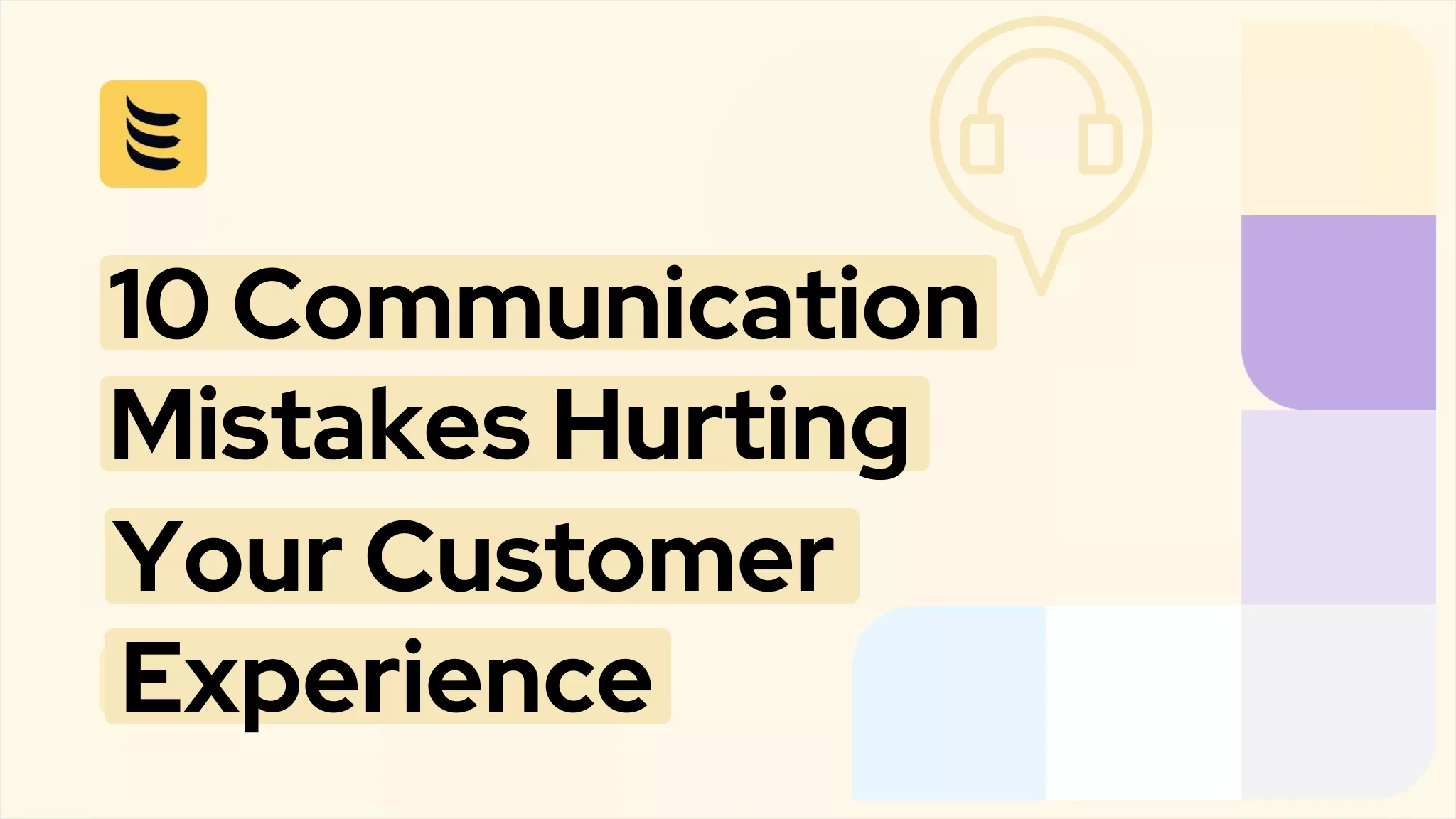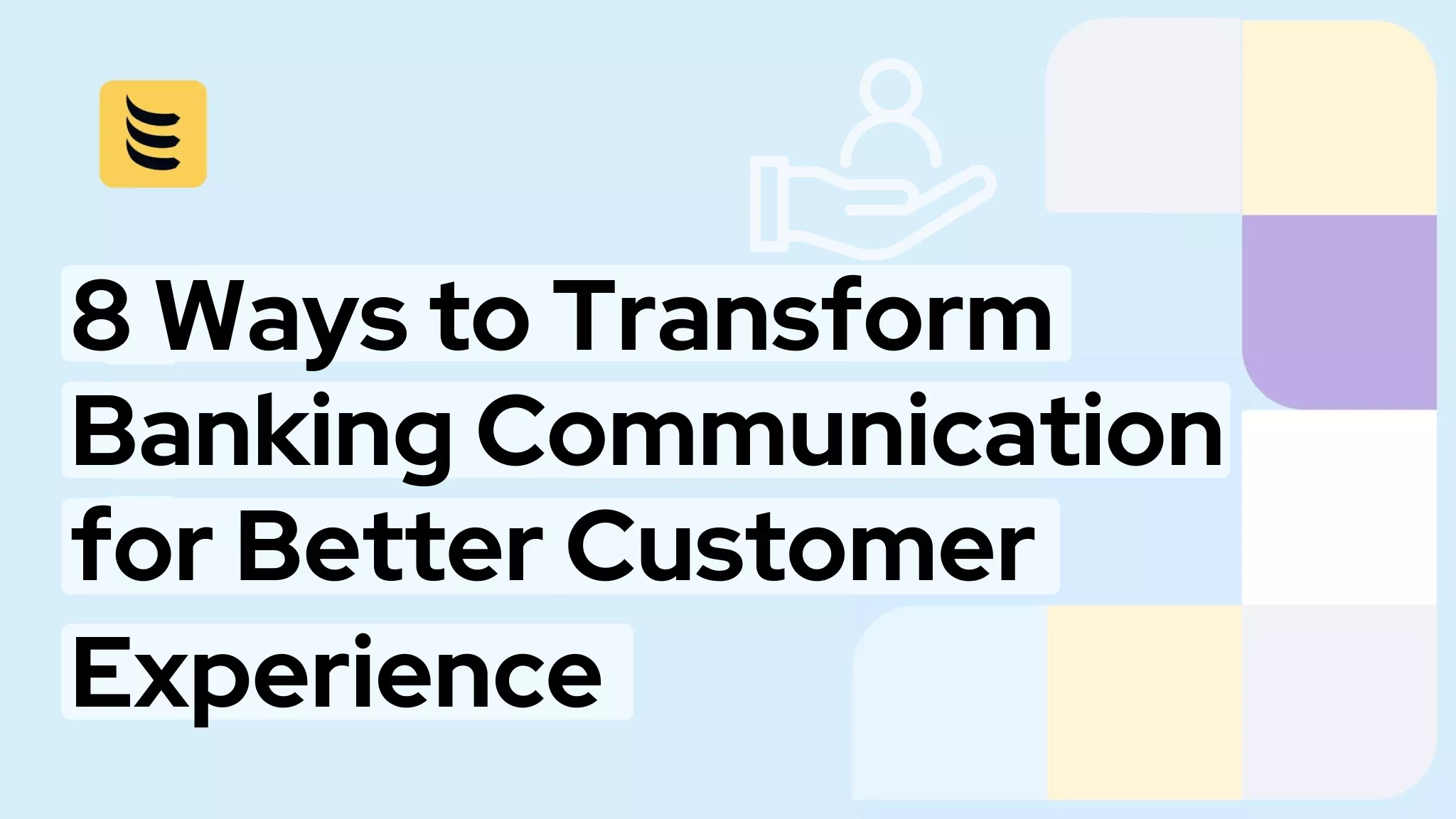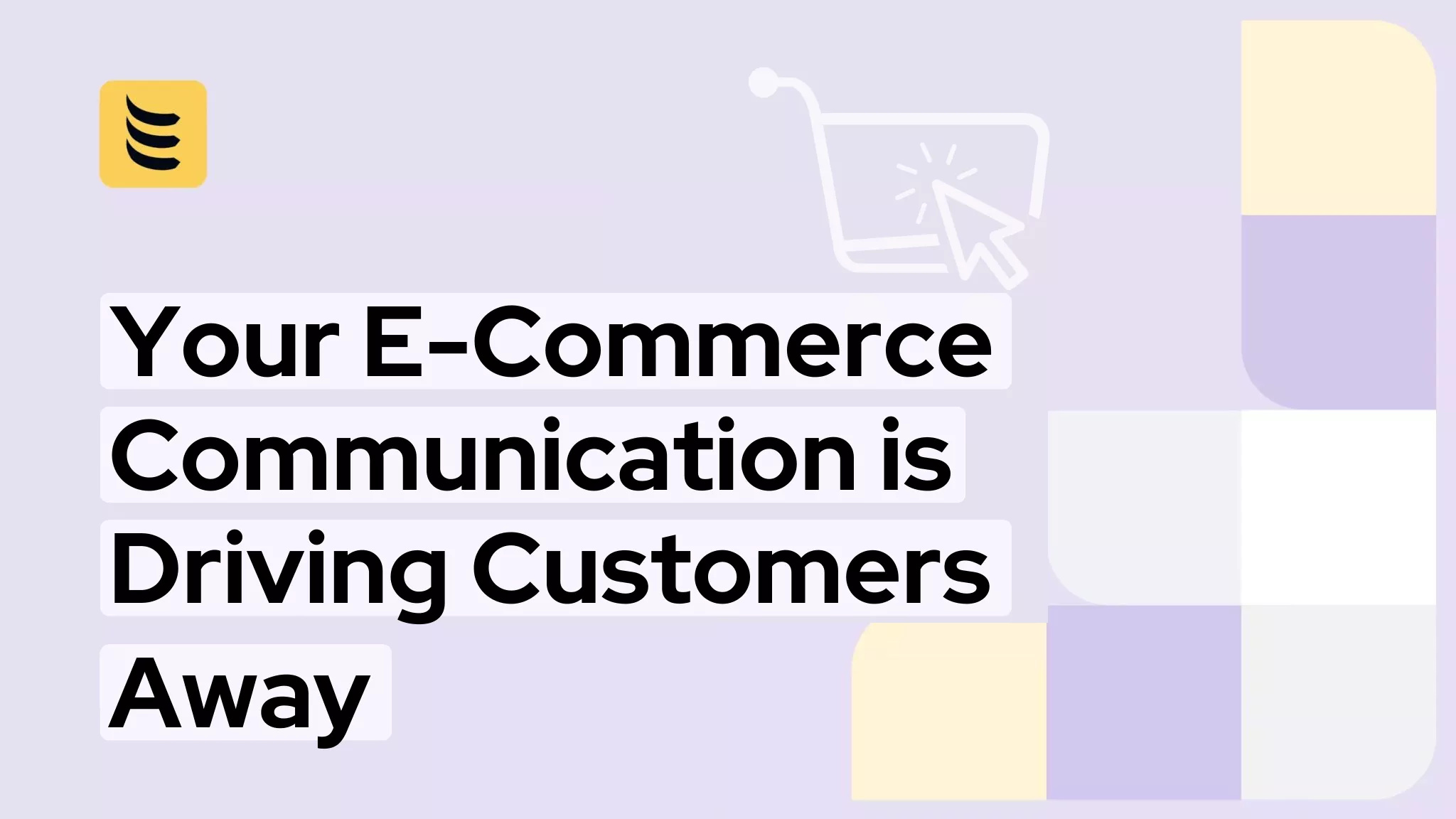Introduction
Modern institutions and commercial enterprises must routinely manage a diverse but often interdependent set of business functions. These may include Enterprise Resource Planning (ERP), Customer Relationship Management (CRM), Sales, Marketing, Vendor Management, and Procurement. Each of these functions may rely on a dedicated software platform, with its own tools and protocols. Yet there remains a need to enable these disparate systems to work together.
Application Programming Interface or API technology can make this happen. In essence, an API is a configurable library of connectors, which allow different digital systems to share data and interact with each other harmoniously.
For organizations in every sector of the economy, communication is an essential part of the business functionality mix. In the digital marketplace, consumers and suppliers are increasingly reliant on mobile devices for information and transactions. This makes the Short Message Service or SMS text communication channel a major medium for today’s businesses. A common statistic often quoted here is that SMS messages achieve a 98% opening rate (compared to only 20% for email), with some 90% of texts being read within three minutes of receipt.
This puts the onus on organizations to enable SMS style communication from a number of platforms. Here again, Application Programming Interface technology has a key role to play – specifically, in the form of the SMS API.
What Is an SMS API?
An SMS API or Short Message Service Application Programming Interface is a set of protocols and tools that enables software applications to send and receive text messages programmatically. An SMS API allows developers to integrate SMS functionality into their own applications, websites, or systems, facilitating the automation of SMS communication. By using an SMS API, developers can automate the sending of messages to multiple recipients at once with minimal effort.
As well as text message integration and automation, SMS APIs can provide several features that can enable organizations to scale and improve the efficiency of their SMS communications. These include scheduling capabilities, custom templates for automated responses, multi-language support, analytics and reporting options, and data protection strategies.

How an SMS API Works
An SMS API usually allows you to send Short Message Service text with a single HTTP request. In addition to the HTTP communications protocol, developers can also choose to have an SMS API for Java or PHP.
In a typical scenario, an organization will partner with a commercial SMS API provider, who will explain the process of integration, and give guidance on how various business systems may be linked to a working SMS API. Once the integration is complete, the provider may supervise testing of the system, to ensure that it’s working properly.
At the infrastructure level, an SMS service provider will typically act as the intermediary between business customers and mobile network providers. The service provider will offer its subscribers an interface that they can use to send and receive SMS messages.
SMS service providers may use an SMS gateway to provide more sophisticated services. An SMS gateway converts messages sent from a subscriber’s business systems into a language that can be easily understood by the network receiving them.
Modern SMS gateways route SMS messages to the mobile networks through an SMPP interface, which is exposed via APIs. SMPP, or Short Message Peer-to-Peer, is a protocol for exchanging SMS messages between Short Message Service Centers (SMSCs) and/or External Short Messaging Entities (ESMEs).
Clearly then, Application Programming Interfaces are an important component of modern business SMS communications. Choosing the right SMS API provider is therefore an important business decision.
Does Your Business Require SMS APIs?
One of the principal functions of an API is to enable diverse systems to interact, share data, and communicate with each other. This ability is particularly important for any organization that uses a variety of platforms to coordinate and implement its business operations. These might for example include enterprise resource planning (ERP) systems, customer relationship management (CRM) software, accounting programs, sales and marketing platforms, etc.
While smaller scale businesses might not need to manage such a proliferation of systems, larger or more diversified enterprises must routinely orchestrate information sharing and communications management in such a technological ecosystem. For such organizations, API deployment can help reduce operational complexity, and boost efficiency by helping to streamline workflows and facilitate communications between stakeholders.
As the communication needs of an organization become more sophisticated and refined, an SMS API becomes the ideal instrument for enabling information to flow between line of business systems and allowing the business to provide optimal services and support to its consumers.
If an organization has a large customer or user base, SMS APIs can provide direct access to the core components of an SMS gateway provider’s services. This functionality can for example enable businesses to send and receive bulk SMS through a diverse set of applications.
Besides such mass communication, there are other businesses (such as financial institutions, hospitality venues, or healthcare providers) whose work relies on delivering time-sensitive information to consumers. Here, organizations can use an SMS API platform to schedule messages ensuring that clients receive their status updates, appointment reminders, or alerts at the appropriate times.
Organizations such as news and weather services, watchdog agencies, or first-response coordinators must be able to provide critical and relevant information in times of emergency or rapid reaction. Here, SMS APIs in combination with geolocation and relevant database integrations can empower these institutions to deploy a tool capable of wide and rapid outreach, whenever a certain group of people needs to be alerted.
In addition, SMS API deployment can have positive implications for any business or institution that needs to satisfy industry-wide or specific regional compliance demands. To this end, SMS APIs enable message tracking with delivery recipients. This effectively allows organizations to monitor and log when each communication was delivered to the customer. As a result, businesses can maintain a thorough audit trail of their SMS communications.

How to Choose the Right SMS API
There are several criteria that you should take into consideration, when choosing an SMS API provider. They include the following:
Is a Free Trial Available?
Gaining access to a free trial or demo version of the SMS API platform can answer a lot of the questions you may have about the viability of the service for your business. Most SMS API providers will advertise the fact that they offer a free trial. If they don’t, it’s worth sending them an email to ask.
During the trial period, you can assess the usability of the platform, and ensure that the SMS API service provides all of the features that you’ll be using within your business.
SMS API Integration Time and Support
Typically, commercial SMS API providers will unlock their documentation, leaving it up to you or your development team to integrate the interface into your existing systems. With an experienced developer, you can usually have your SMS capabilities up and running in from 30 minutes to an hour.
However, with client-side integration like this, it may be necessary to look to the provider for technical support. As such, when assessing your options for an SMS API provider, be sure to inquire about what technical assistance they make available.
Pricing Structure
Some SMS API providers operate on a credit-based system of billing, where each text message you send corresponds to a certain number of credits, and you purchase a defined package of credits up front, buying more as you need them. Ideally here, you should check that one credit is equivalent to a single text message.
Other SMS API providers may bill on a monthly basis, in terms of exact usage. In this scenario, it may be possible to ask the SMS API provider for volume discounts, if you plan on sending a large number of messages. Your eligibility for volume discounts may also increase if you host a two-way SMS communication with your customers (though your monthly expenditure for the basic service may be somewhat higher).
It’s also worth verifying if the SMS API provider charges for all messages delivered via their API, whether they are actually delivered or not. If your provider does have such a policy on undelivered messages, be sure to check their average ratio of delivered messages, to avoid hidden costs mounting over time.
Available Development Libraries
At its heart, SMS integration using APIs is a programmatic development process. Ideally, your development team should be able to call the SMS API from any programming language capable of making HTTP requests.
Many SMS API providers offer helper libraries for specific programming languages such as Python, Ruby, Java, Golang, and Node. These libraries make it easier to interact with the API and perform other common server-side programming tasks.
Message Delivery Routes
Look for an SMS API provider that uses direct network connections (also known as Tier 1 connections) rather than “gray routes.” These gray routes are typically via unreliable offshore networks that can affect message delivery speed and reliability. By contrast, Tier 1 connections send messages directly to the relevant mobile network.
To ensure continuous delivery, the SMS API provider you choose should also have redundancy in place if their Tier-1 provider connection becomes unavailable.
Status Reports and Updates
Some SMS API providers offer in-depth event data records (EDRs) documenting SMS activity. These reports enable you to easily view which sender IDs you used and the location of your recipients. They should ideally cover your SMS event history for six months or more, and can assist in optimizing your SMS marketing efforts. EDRs are also helpful in monitoring your SMS expenditure.
Service Level Agreements (SLAs)
Most SMS API providers will have a Service-Level Agreement or SLA in place. Among other issues, this document should spell out the amount of uptime that they guarantee in a given time period. For example, premium levels of service may guarantee “five nines” or 99.999% uptime – which is equivalent to about 5.26 minutes of downtime annually. Some SMS API providers may even offer reimbursement on service costs if they don’t live up to their uptime guarantees.
Compliance Status
Particularly if you’re sending SMS communications across regional or international boundaries, various legal and regulatory compliance standards may apply. The SMS API provider that you choose should be able to comply with regulatory and legislative requirements depending on the geographical origin and destination of your text messages.
SMS API Documentation
The developer documentation offered by your SMS API provider should be comprehensive, easy to understand, and up to date. This will help to ensure a speedy time to integration.
Customization Options
The customization options that an SMS API provider makes available can have a serious impact on the type and scope of communications that you’re ultimately able to deliver. For example, you may want to consider if the SMS service provider supports sender IDs with two-way communication channels or only one-way – or whether your potential SMS API provider allows you to send promotional, transactional, and one-time password (OTP) messages to your contacts.
If your business is looking to expand or diversify in future, you’ll want to consider an SMS API provider that can offer the customization options that you’re likely to need.
Customer Support
As we have already observed, SMS integration using an SMS API requires a certain degree of client-side configuration. To make this process as quick and painless as possible, you should look for a provider whose SMS API technical documentation is easy to use and capable of initiating all the features necessary to meet the requirements of your business.
Inevitably, you may need help. During implementation, the SMS API provider should ideally assign a local account manager who can listen to your project requirements and limitations, then propose the appropriate solutions or methodology to fit your use case. This manager should also be able to walk your team through all the relevant evaluation, purchasing and post-purchase processes involved in your deployment.
Besides this personal account management function, check whether the SMS API provider offers support channels in addition to email, such as phone, web chat, and 24/7 accessibility.
Note that providers may offer a tiered support plan with different price points. Generally speaking, in this scenario, the more you pay, the better the quality of support you’ll get. If you’re on a tight budget, you may need to shop around to find an SMS API provider with a support level that’s both affordable and adequate for your needs.
Overall, you’ll need to choose an SMS API provider that scores well for the positive aspects of as many of the above criteria as possible.
IDT Express’s SMS APIs provide global SMS coverage through a user-friendly wizard-driven code generation process that is fast and effortless to utilize. IDT’s carrier-grade platform and an extensive network of 550+ direct carrier connections enables 2-way communication with your customers via Tier 1 connections, and an SMS API that empowers you to create highly personalized SMS notifications that cater to any use case with unmatched flexibility.
Comprehensive documentation is available to facilitate quick deployment, together with 24/7 support for you and your team.
To learn more about the IDT Express SMS API, book a demo.




